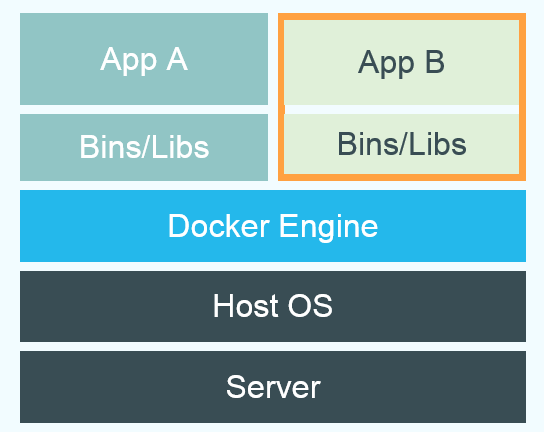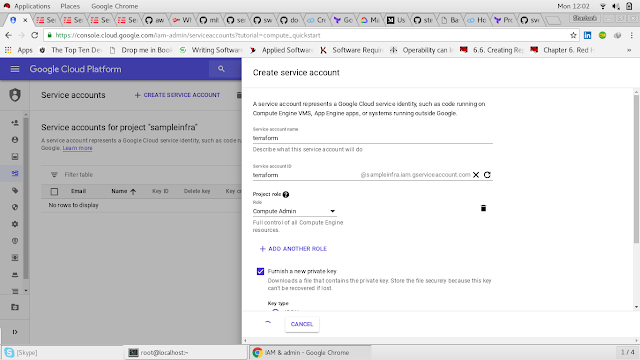Jenkins on RHEL
Installation of Jenkins on RHEL ########################## Getting the repo ####################### [root@dhcppc5 ~]# wget -O /etc/yum.repos.d/jenkins.repo http://pkg.jenkins-ci.org/redhat/jenkins.repo Importing Key #################################### [root@dhcppc5 ~]# rpm --import https://jenkins-ci.org/redhat/jenkins-ci.org.key Install package ################# [root@dhcppc5 ~]# yum install jenkins -y Check the version ######################### [root@dhcppc5 ~]# rpm -q jenkins jenkins-2.108-1.1.noarch Install Java ########################## [root@dhcppc5 ~]# yum install java -y Check the status of Firewall ######################### [root@dhcppc5 ~]# systemctl status firewalld If firewalld is running either stop the firewall or add rules to the firewall ######################################################## Stop and disable firewall ############################ [root@dhcppc5 ~]# systemctl stop firewalld && sys

